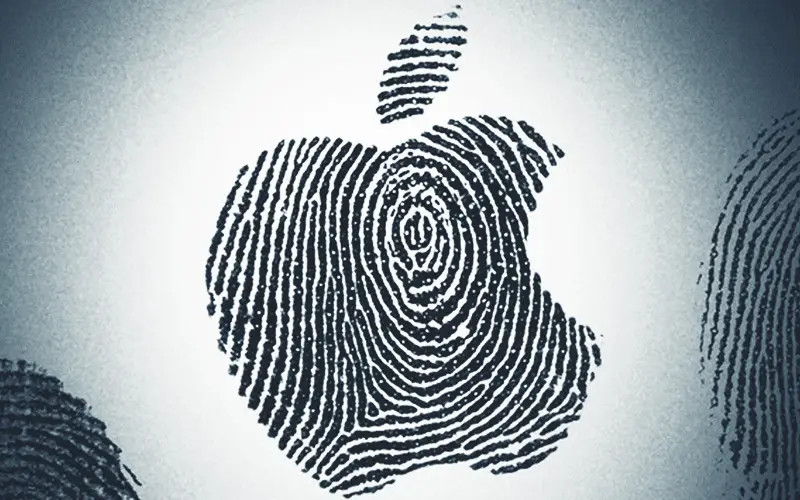
With more than 700 million iPhones in use worldwide, there are clearly plenty of Apple devotees out there. Most iPhone users understand the basics of privacy and security settings, but there’s actually a bevy of available iOS settings that fly under the radar of even the most savvy users. And even those among us who think we’ve got the basics covered might still be missing some important aspects of security. Here’s an overview of four areas in which you can quickly tighten up your privacy and keep your phone under a more ironclad lock and key.
1. Don’t Overlook Unlocking
Unlocking the iPhone might sound like the most basic of all security features, but there’s more to it than setting a simple passcode and going on with your day. In fact, there are multiple settings you should have nailed down in order to feel good about your unlocking security.
First, set a custom alphanumeric or numeric code (go for the six digits, not four). Second, make sure your phone is set to auto-lock after 30 seconds, one minute or five minutes (this is found in Settings, Display & Brightness). The length of time before auto-locking is up to you, but make sure you don’t have “never” selected. Third, go into settings and select “Erase Data,” which means that all your information will be deleted if you have 10 failed passcode attempts. And fourth, be sure to encrypt your iOS backups too (this is done within iTunes, in the backups section, by selecting “Encrypt iPhone Backups”).
[Read also: How to Prevent Your iDevices from Being Hacked]
2. The Pros & Cons of Autofill
Autofill can be a magical feature, saving users from typing the same information over and over again on a tiny iPhone keypad. But it also can be a goldmine for someone who wants to steal your information. If you want the convenience of Autofill, without the potential security nightmare, choose selective information to be stored for Autofill. Go to Settings, Safari and Autofill, and then choose ‘Yes’ or ‘No’ for each of the features depending on what you want to protect the most.
3. Think you Deleted That?
Deleting can be a wonderful feature, especially when it comes to sensitive documents and images that need to be protected. But it’s easy for iOS users to forget that iPhones store deleted images for 30 days. The upside to this is that you can get pictures back if they were accidentally erased. But the downside is that others can get to that data too. If you really need to delete a picture or video, first delete it in your camera roll and then go to the Recently Deleted folder and delete it from there as well. Voila — now it’s really gone.
4. Take it Back to the Beginning
If you’re planning to sell your phone, or have encountered some type of malware, resetting your device is often the best action you can take. If you find yourself in this scenario, head to Settings and hit General. Then, press Reset and choose Erase All Content and Settings. When you’re all done, your phone will look like it did when you first got it. You’ll have to go through the set up again, but your data will be gone and there won’t be any trace of the settings you’ve put in place previously.
If you want to keep your privacy intact and maintain the security of your iPhone, be sure you’ve followed all the advise above.
[Image via: Google Images]
